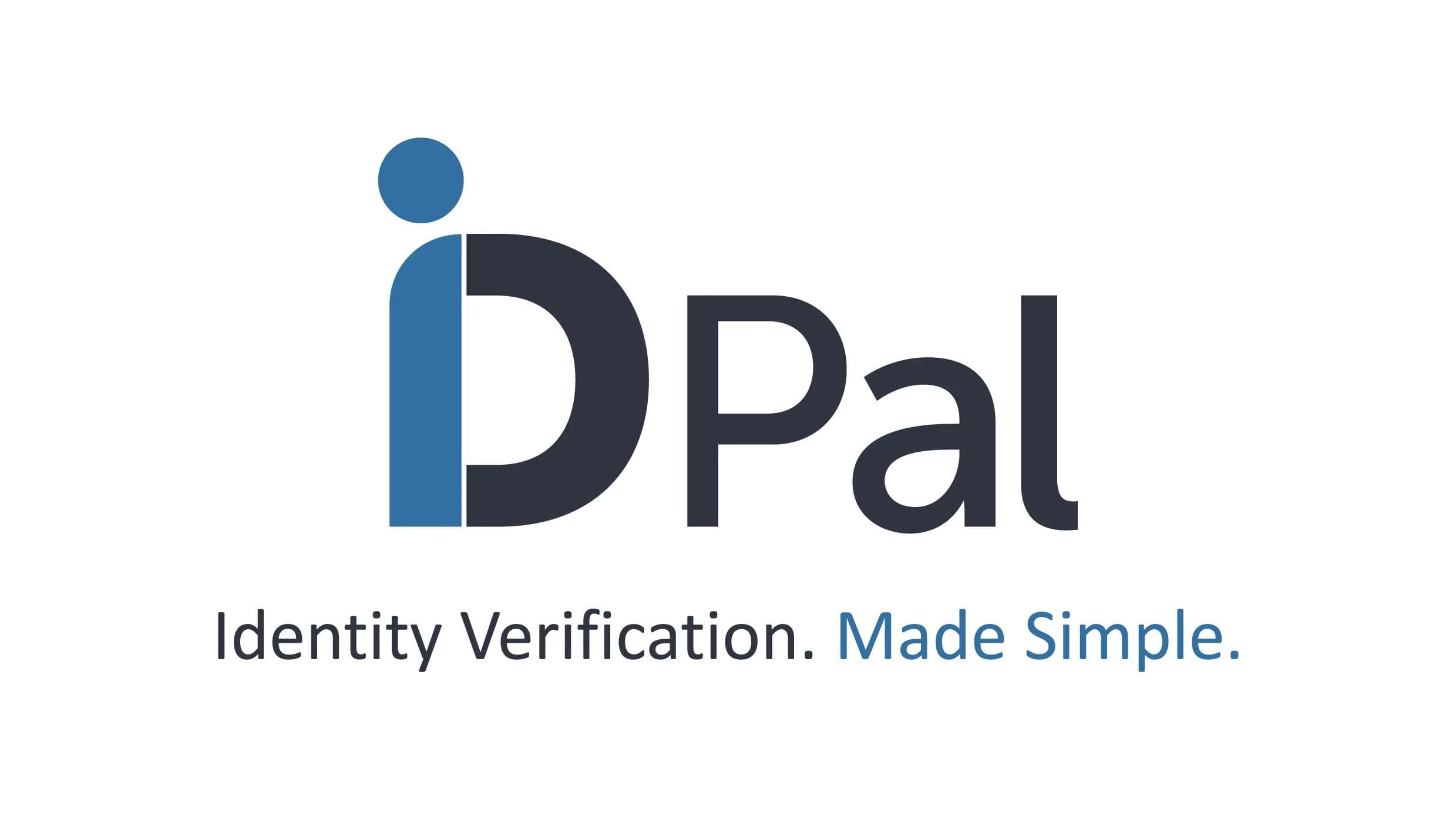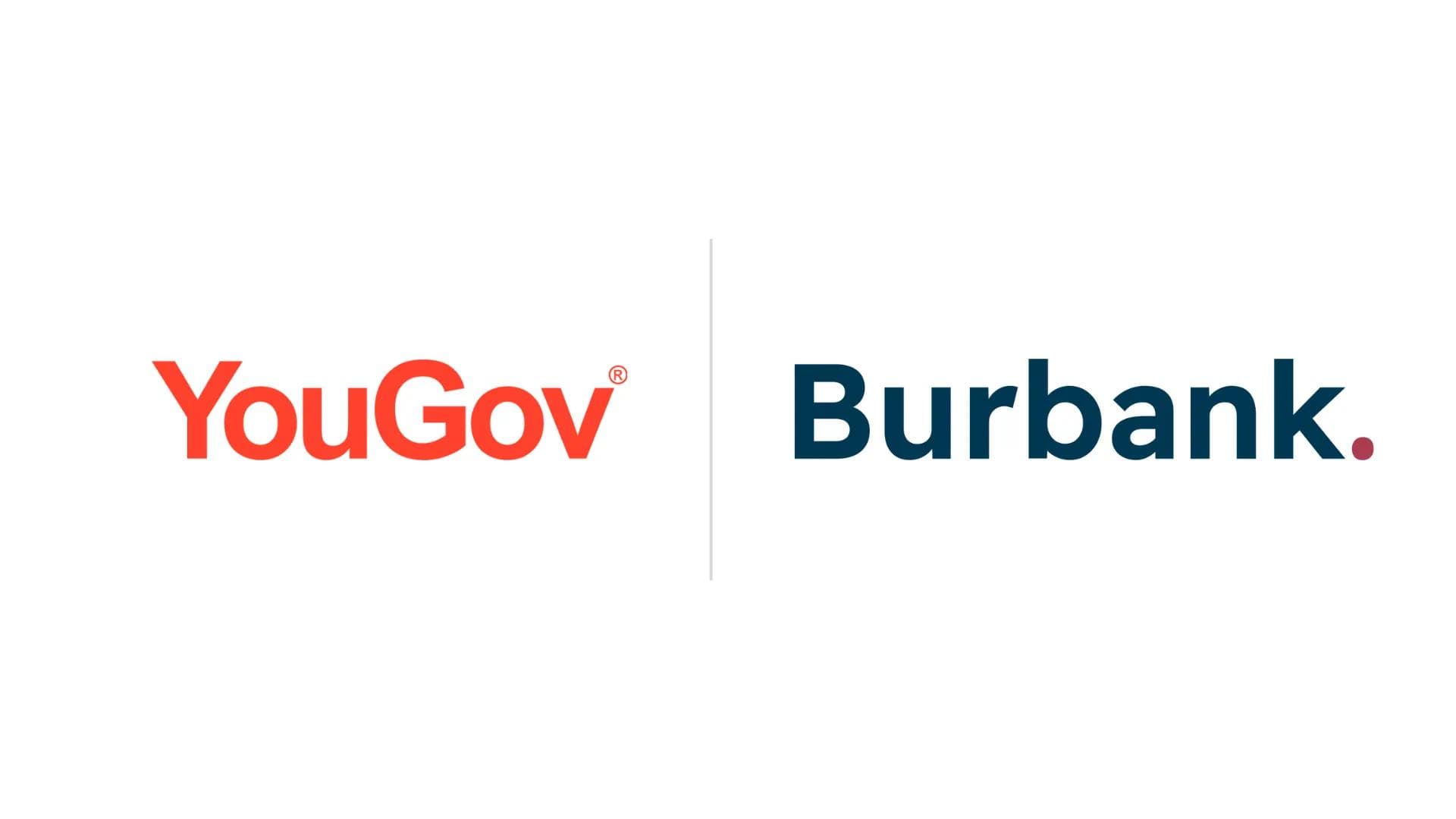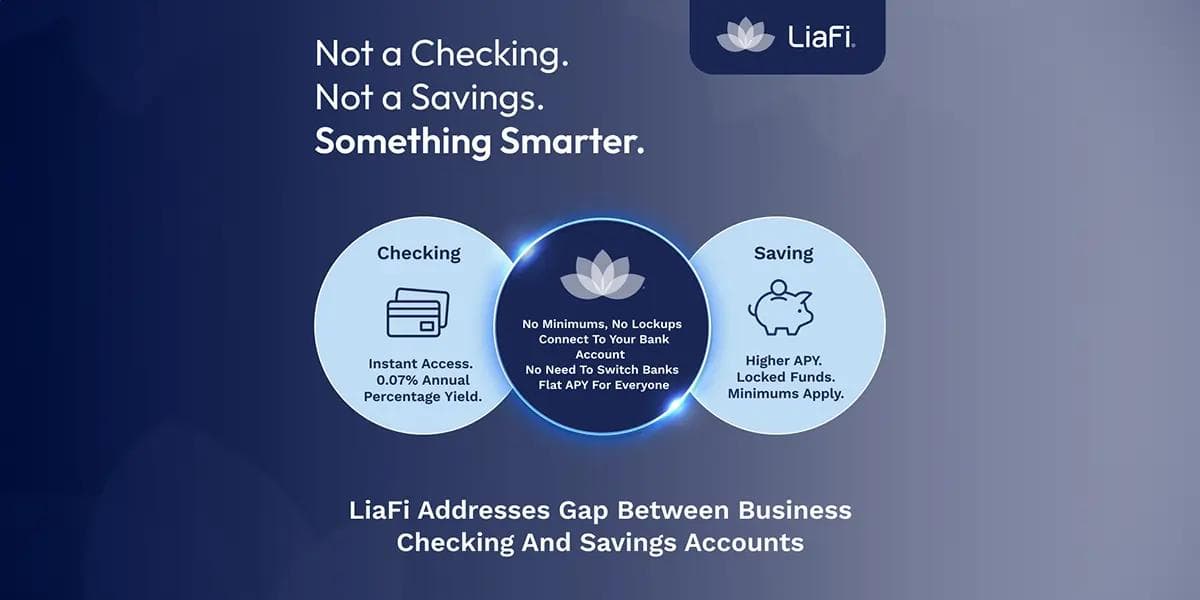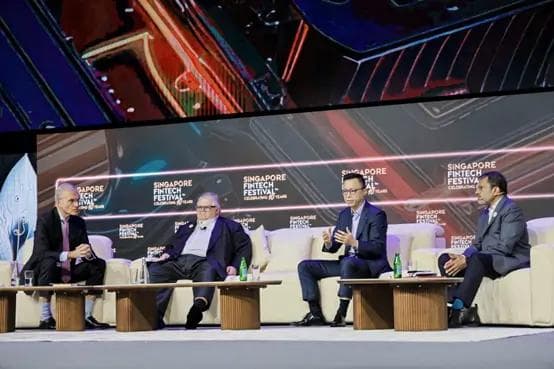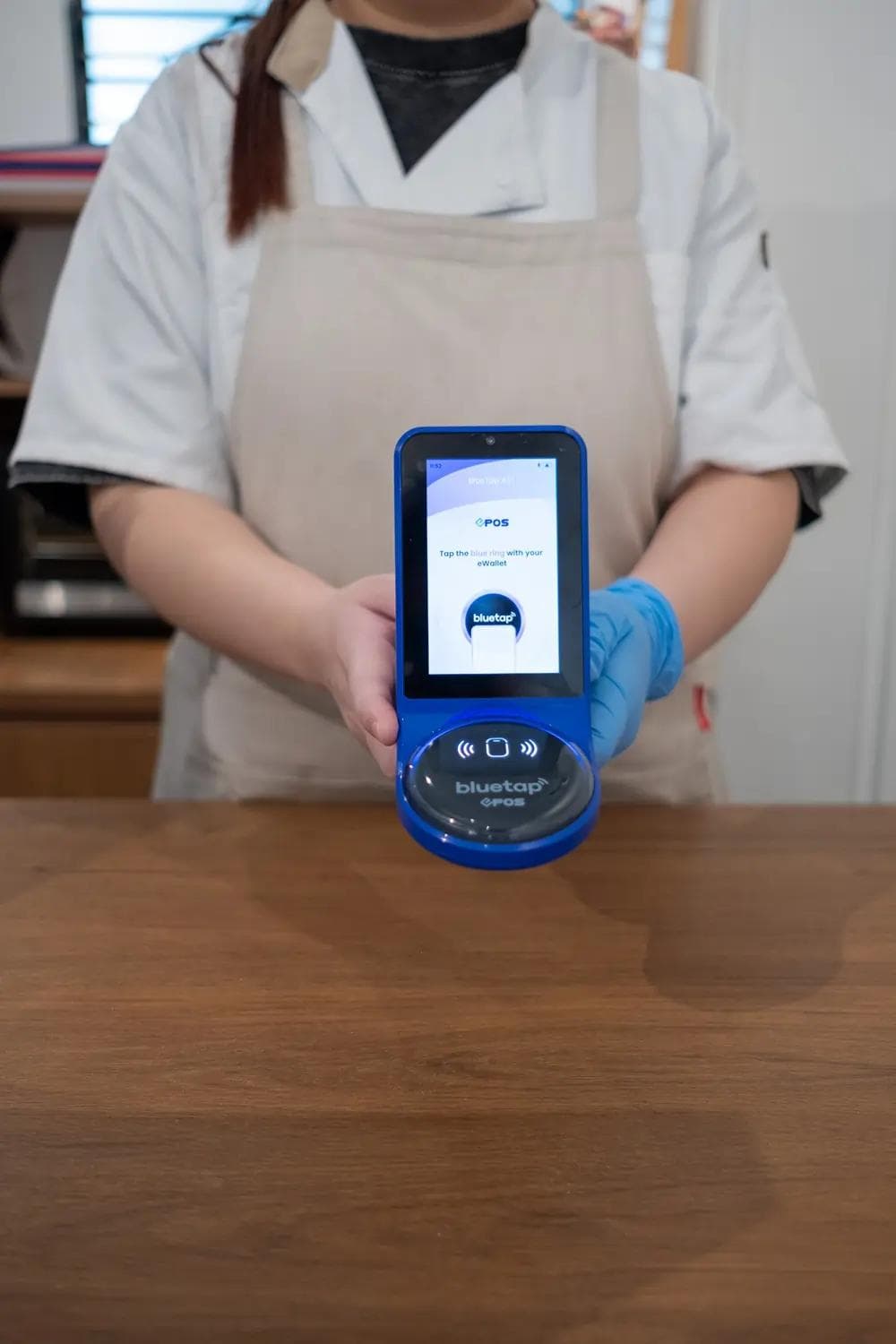Get set, get ready, 2022 is coming – are you ready?
Get set, get ready, 2022 is coming – are you ready?
Published by Jessica Weisman-Pitts
Posted on November 10, 2021

Published by Jessica Weisman-Pitts
Posted on November 10, 2021

GBAF has talked to some of the leading industry adtech companies to find out how they are preparing for 2022 and what the biggest trends are going to be. Here is what they had to say and their advice will get you more than ready for 2022.
Nicolai Mariegaard, country manager, impact.com:
“There is much in the news about the war for talent and those that invest in technology in 2022 are set to win in this regard and reap the rewards. In this way, hurdles and difficulties can, in fact, drive efficiency.
“Indeed, intelligent automation can provide a response to skills and even supply chain shortages, by creating operational efficiencies. Repetitive manual tasks should be a thing of the past. At impact.com we focus on freeing up our partners to focus on strategic tasks, turbocharging the efficiency of partnership programmes in marketing – via strategic collaborations, often identified by our platform.
“This is an approach that can be taken more broadly, too. It has knock-on benefits throughout an organisation and I hope that the coming year will see far more strategic use of technology in many areas of business, across all sectors.”
Peter Szysko, Founder and CEO, White Bullet:
“There is absolutely no doubt that we are moving to an age of enhanced real-time data and use of smart technology. In 2022, we can expect to see much more of this.
“AI-driven technology, for instance, can help to identify the vast, shifting network of intellectual property-infringing services building fraudulent businesses on stolen content. With the help of AI, big data models, and predictive machine learning, it is possible to detect piracy across multiple digital ecosystems, remaining up-to-date in real-time, and tracking that all-important advertising and financial impact.
“In this way – and across a variety of sectors – fast, accurate data enables advertisers and authorities to understand risk before placing ads next to content, and this can help starve offending pirate websites and apps of their revenues. In fact, White Bullet’s technology saved companies a whopping £44 million last year but the danger of lost revenue very much remains.
“Indeed, with online content consumption booming, piracy levels increased greatly during the pandemic and, similarly, while programmatic technologies are speeding up media planning and buying, they can also increase the risk of adverts being placed on illegitimate sites. This is why smart technology is necessary – to stand a chance of keeping up with the trillion of ads placed daily; and the risk, day in day out, of intellectual property infringement.
Pirate websites and apps make over $1.34 billion annually from ad revenue. Advanced technologies are needed to curb this flow and let’s face it – 2022 should be about efficiency: Advertisers could give themselves a very easy additional budget boost by ensuring their programmatic ads aren’t wasted on criminal sites full of pirate content.”
Mike Follett, Managing Director, Lumen Research:
“As the debate around COP26 rages on, it’s important to bear in mind that while not all internet emissions are caused by digital advertising, it is indeed a hefty contributor, leaving a significant carbon footprint. What’s more, an article in The Telegraph today claims that, “We are witnessing the end of an era of cheap on-demand consumerism.”
So, as an industry, we must start to promote behaviours that encourage sustainable consumption. That starts with ourselves.
You can get rid of 80% of your advertising and make a sustainable advertising plan, with significantly less wastage and still generate the same return. I hope that, by 2022, the industry starts to consider the carbon emissions of advertising. You can be equally effective with fewer, better ads. We talk about the economy of attention but we also need to think about the ecology of attention.
After all, attention is a finite resource. There is much that may be viewable, but it is being ignored. Technology exists today to help advertisers and publishers to understand whether anyone is looking at their assets, and whether they are acting on it. Trillions of ads shoot past us each day but we’re just looking at the thing we are looking at and we have only so much attention to give. This is why we measure whether ads were seen or not simply whether they had the opportunity to be seen. This helps our clients decide what type of ads to invest in, and which to avoid. Predictive modelling is increasingly important in a fast-paced media landscape and technology must be used to achieve a specific business objective in this way – as must advertising.
As a final piece of advice, I have to highlight our recent study with Ozone Project which called out the need for ‘fewer, better ads’ and also for high quality journalism to drive deep engagement with the content. This in turn drives high levels of attention to the accompanying ads.
So let’s take the time to understand what really captures consumer attention – and what really drives consumer behaviour. Driving recall is paramount, too. To this end, advertisers must start thinking in terms of quality rather than quantity.”

Mike Follett, Managing Director, Lumen Research

Peter Szysko, Founder and CEO, White Bullet

GBAF has talked to some of the leading industry adtech companies to find out how they are preparing for 2022 and what the biggest trends are going to be. Here is what they had to say and their advice will get you more than ready for 2022.
Nicolai Mariegaard, country manager, impact.com:
“There is much in the news about the war for talent and those that invest in technology in 2022 are set to win in this regard and reap the rewards. In this way, hurdles and difficulties can, in fact, drive efficiency.
“Indeed, intelligent automation can provide a response to skills and even supply chain shortages, by creating operational efficiencies. Repetitive manual tasks should be a thing of the past. At impact.com we focus on freeing up our partners to focus on strategic tasks, turbocharging the efficiency of partnership programmes in marketing – via strategic collaborations, often identified by our platform.
“This is an approach that can be taken more broadly, too. It has knock-on benefits throughout an organisation and I hope that the coming year will see far more strategic use of technology in many areas of business, across all sectors.”
Peter Szysko, Founder and CEO, White Bullet:
“There is absolutely no doubt that we are moving to an age of enhanced real-time data and use of smart technology. In 2022, we can expect to see much more of this.
“AI-driven technology, for instance, can help to identify the vast, shifting network of intellectual property-infringing services building fraudulent businesses on stolen content. With the help of AI, big data models, and predictive machine learning, it is possible to detect piracy across multiple digital ecosystems, remaining up-to-date in real-time, and tracking that all-important advertising and financial impact.
“In this way – and across a variety of sectors – fast, accurate data enables advertisers and authorities to understand risk before placing ads next to content, and this can help starve offending pirate websites and apps of their revenues. In fact, White Bullet’s technology saved companies a whopping £44 million last year but the danger of lost revenue very much remains.
“Indeed, with online content consumption booming, piracy levels increased greatly during the pandemic and, similarly, while programmatic technologies are speeding up media planning and buying, they can also increase the risk of adverts being placed on illegitimate sites. This is why smart technology is necessary – to stand a chance of keeping up with the trillion of ads placed daily; and the risk, day in day out, of intellectual property infringement.
Pirate websites and apps make over $1.34 billion annually from ad revenue. Advanced technologies are needed to curb this flow and let’s face it – 2022 should be about efficiency: Advertisers could give themselves a very easy additional budget boost by ensuring their programmatic ads aren’t wasted on criminal sites full of pirate content.”
Mike Follett, Managing Director, Lumen Research:
“As the debate around COP26 rages on, it’s important to bear in mind that while not all internet emissions are caused by digital advertising, it is indeed a hefty contributor, leaving a significant carbon footprint. What’s more, an article in The Telegraph today claims that, “We are witnessing the end of an era of cheap on-demand consumerism.”
So, as an industry, we must start to promote behaviours that encourage sustainable consumption. That starts with ourselves.
You can get rid of 80% of your advertising and make a sustainable advertising plan, with significantly less wastage and still generate the same return. I hope that, by 2022, the industry starts to consider the carbon emissions of advertising. You can be equally effective with fewer, better ads. We talk about the economy of attention but we also need to think about the ecology of attention.
After all, attention is a finite resource. There is much that may be viewable, but it is being ignored. Technology exists today to help advertisers and publishers to understand whether anyone is looking at their assets, and whether they are acting on it. Trillions of ads shoot past us each day but we’re just looking at the thing we are looking at and we have only so much attention to give. This is why we measure whether ads were seen or not simply whether they had the opportunity to be seen. This helps our clients decide what type of ads to invest in, and which to avoid. Predictive modelling is increasingly important in a fast-paced media landscape and technology must be used to achieve a specific business objective in this way – as must advertising.
As a final piece of advice, I have to highlight our recent study with Ozone Project which called out the need for ‘fewer, better ads’ and also for high quality journalism to drive deep engagement with the content. This in turn drives high levels of attention to the accompanying ads.
So let’s take the time to understand what really captures consumer attention – and what really drives consumer behaviour. Driving recall is paramount, too. To this end, advertisers must start thinking in terms of quality rather than quantity.”

Mike Follett, Managing Director, Lumen Research

Peter Szysko, Founder and CEO, White Bullet

Explore more articles in the Top Stories category

